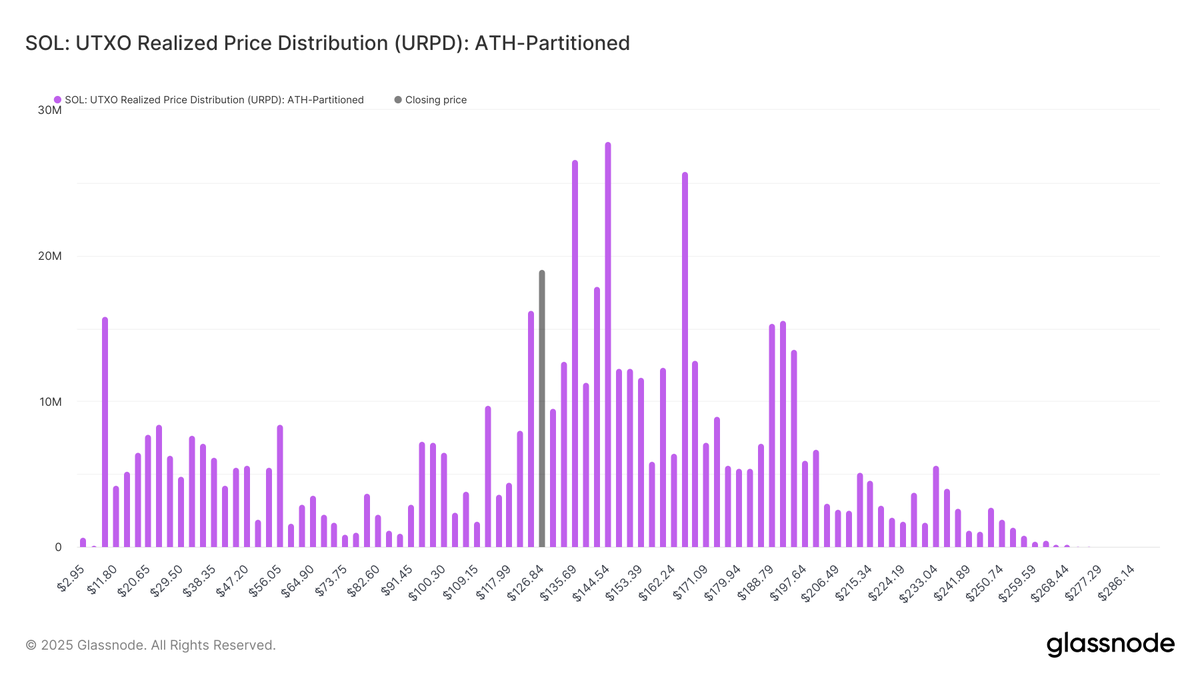
A Dogecoin (DOGE) price breakout past its previous All-Time High (ATH) price is gradually becoming possible amid the current market setup. While still tied in a long-drawn consolidation, a potential breakout is ahead for the memecoin, according to predictions from market analysts.
Dogecoin Price and Open Interest Outlook
As of this writing, DOGE’s price has changed hands for $0.1569, which has increased by 3.3% in the past 24 hours. This price trend is a testament to how resilient the DOGE price is, having traded at a low spot value of $0.1532. The memecoin has traded at a very close range during this period.
The current DOGE outlook shows a bullish trend in the futures market as showcased by Open Interest data. Data from Coinglass pegs the total Dogecoin committed to the futures market at 9.87 billion DOGE. This was valued at $1.54 billion and has skyrocketed by more than 5% in 24 hours.
Top crypto exchanges like Binance, OKX, and Bybit saw the highest DOGE open interest record. While the price traded at a relatively close range, the open interest commitment proves that traders with leverage are betting on the asset.
DOGE Price to $5.6?
Optimism trails Dogecoin, despite its spot value now trading down 78.71% from its ATH of $0.7376. Market analyst Dogedog told his more than 58,600 followers on X that the price of DOGE is heading to $5.6.
#Dogecoin heading to $5.60.
Breaking falling wedges. pic.twitter.com/XH7bwI7am4
— dogegod (@_dogegod_) April 17, 2025
While Dogegod did not provide a timeline or much context for his prediction, he highlighted how the memecoin breaks falling wedges. The analyst is not alone in his projection for the coin, as an earlier DOGE price analysis, Ali Martinez, predicted a $0.29 rally for the asset in the near term.
Although this price trend is not unrealistic, the broader market slowdown may serve as a bottleneck. Key performance metrics already tipped the Dogecoin price in line for a short-term breakout. With trading volume up 6% to more than $586 million as of writing, retail interest in the coin has further skyrocketed.
Dogecoin remains the lead among altcoins being considered for an exchange-traded fund (ETF) product. As reported earlier by CoinGape, 21Shares filed for a spot Dogecoin ETF, the latest asset manager to make the move. The belief is that an approval can usher in institutional funds, which can help fuel the coin’s price growth.
The post Analyst Predicts $5.6 Dogecoin Price Breakout as Open Interest Rebounds appeared first on CoinGape.






